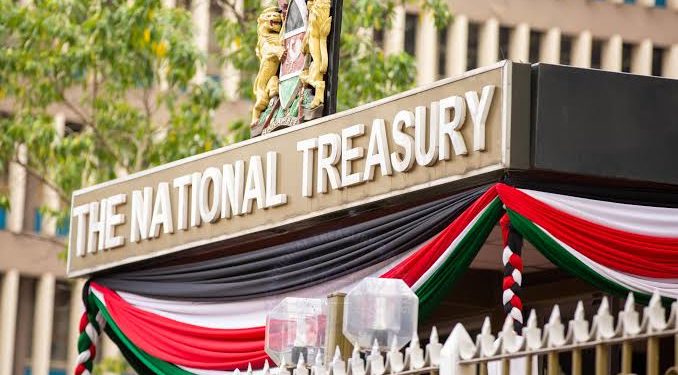The National Treasury targets to issue a new Eurobond to manage next year’s maturity of a Kshs 270 billion 10-year bond.
The proceeds from the latest Eurobond will be used to refinance the Kshs 270 billion Eurobond, which was Kenya’s first-ever, that the country is expected to pay in June next year.
Kenya’s debt crisis has seen the government delay salaries of public servants, with nearly seven out of every 10 shillings collected in tax revenue going towards servicing debt. The country’s total debt hit Kshs 9.2 trillion in January and is projected to reach Kshs 9.4 trillion by June.
The Treasury will also spend Kshs 1.4 trillion to service debt in the current financial year, which is 63 percent of the tax revenue targeted for collection by the Kenya Revenue Authority (KRA) by June.
Read:High Eurobond Yield Piles Pressure on Kenya Debt Servicing
This may be worsened by the weakening of the shilling that has raised foreign currency debts by at least Kshs 350.6 billion since the beginning of the year, as the local currency yesterday stayed at a historic low of Kshs 134.73 against the greenback.
A weak local currency means Kenya requires more shillings to pay back the same amount of debt, translating into higher foreign loan repayment costs.
The issuance of the Eurobond comes during president Ruto’s first Budget of Kshs 3.7 trillion in 2023/24, which has a financing deficit of Kshs 720.1 billion. This deficit will be plugged through a mix of Kshs 198.6 billion in net external financing and net domestic borrowing of Kshs 521.5 billion.
The Treasury has doubled down on its efforts to swap the country’s short-term debt with longer-term issuances as uncertainty in the movement of interest rates lead to a contraction of new debt on short-term maturities, thus increasing the refinancing risk.
Email your news TIPS to editor@thesharpdaily.com


















